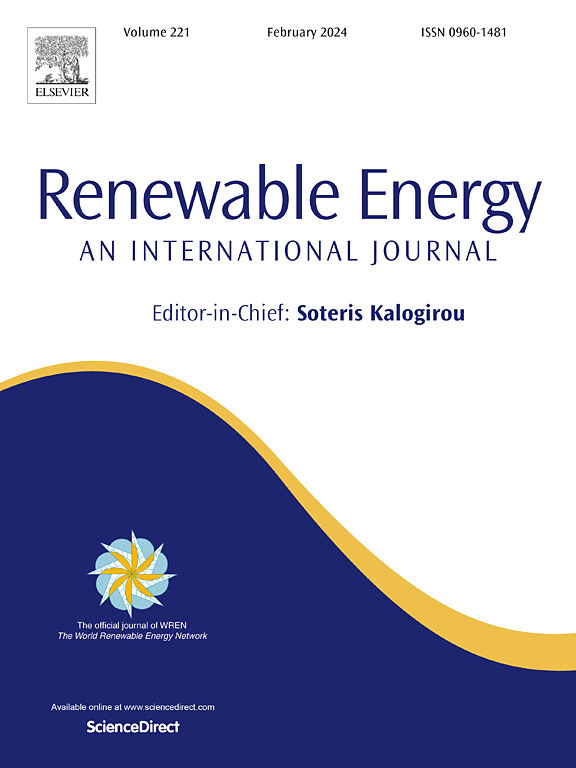Calibrating underwater photovoltaic performance: Demonstration using monocrystalline and polycrystalline silicon solar cells
IF 9
1区 工程技术
Q1 ENERGY & FUELS
引用次数: 0
Abstract
The present investigations discuss methodologies to report the photovoltaic efficiency of solar cells in submerged conditions measured using simulated AM 1.5G using Xenon and LED lamps. These protocols have been arrived at from the photovoltaic measurements in encapsulated monocrystalline and polycrystalline silicon solar cells immersed in water up to a depth of 20 cm. Three equations are proposed to judge the efficiency of the solar cells in underwater conditions based on the input irradiance that is incident on the cells. It is suggested that the helpful efficiency metric is the one in which a corrected irradiance falls on the cells. The correction factors for the irradiance are based on the properties of the light source used in the solar simulator and the spectral response limitations of the pyranometer used for the experimental irradiance measurements underwater. Experimental data from monocrystalline and polycrystalline silicon solar cells show efficiency reductions of 43 % and 56 % at a depth of 20 cm compared to the efficiencies at the water surface due to reduced irradiance underwater. The present investigations indicate that solar cell efficiencies are overestimated by 59 % and 64 % for monocrystalline silicon solar cells and polycrystalline silicon solar cells underwater at 20 cm if the corrections are not considered. The efficiency calibration procedures applied to a commercially available solar panel predict a decrease in the photovoltaic efficiency of 45 % at 20 cm depth underwater. Furthermore, the suitability of different materials for applications at various depths is also discussed based on the absorption efficiency calculations of a solar cell material in submerged conditions. The experimental measurements of illuminations underwater could be improved by using a submersible pyranometer with a spectral response that matches the AM 1.5 G radiation.

求助全文
约1分钟内获得全文
求助全文
来源期刊

Renewable Energy
工程技术-能源与燃料
CiteScore
18.40
自引率
9.20%
发文量
1955
审稿时长
6.6 months
期刊介绍:
Renewable Energy journal is dedicated to advancing knowledge and disseminating insights on various topics and technologies within renewable energy systems and components. Our mission is to support researchers, engineers, economists, manufacturers, NGOs, associations, and societies in staying updated on new developments in their respective fields and applying alternative energy solutions to current practices.
As an international, multidisciplinary journal in renewable energy engineering and research, we strive to be a premier peer-reviewed platform and a trusted source of original research and reviews in the field of renewable energy. Join us in our endeavor to drive innovation and progress in sustainable energy solutions.
 求助内容:
求助内容: 应助结果提醒方式:
应助结果提醒方式:


